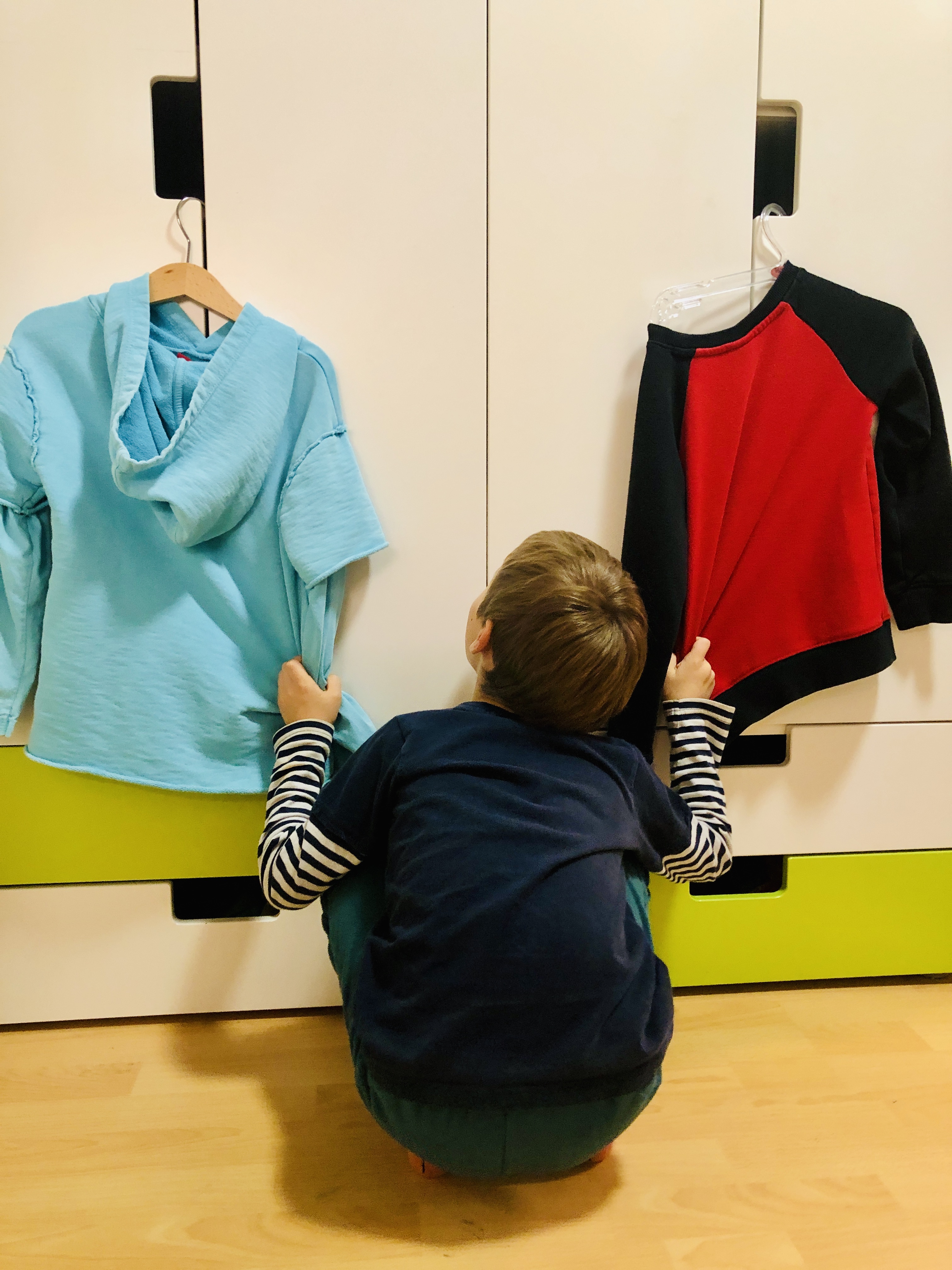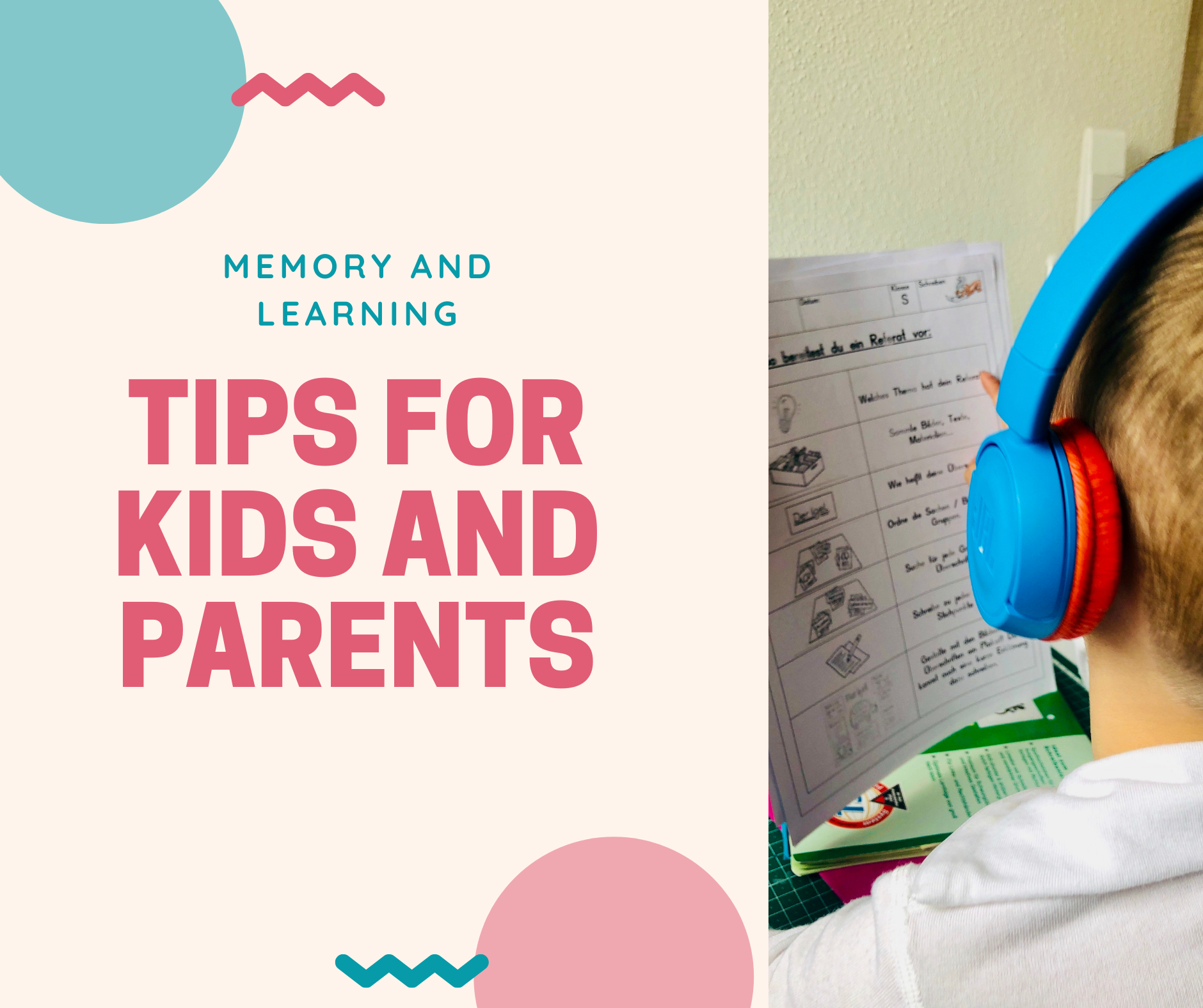Choices – A Way to Better Learning

Would you like your children to develop decision-making skills and invest more energy in learning? Give them choices!
In the previous article, we described routines as one of the ingredients for the development of executive functions and self-regulation. In this article, we add choices to the mix. Just to make it clear - giving choices doesn't mean absolving children of their responsibilities. Studying, cleaning their rooms, doing homework, carrying out small chores... Children need responsibilities. But, if they are given choices, they are more likely to follow through.
Children benefit from choices in all areas because feeling autonomous enhances intrinsic motivation regardless of the task. But for now, we’ll focus on learning and doing homework.
An interesting fact about choices and test scores: in one study (1), students who were given a choice between two homework assignments scored higher on the unit tests.
First, let’s see what happens to students and their learning when they have the opportunity to choose some aspects of their tasks:
- Students who are allowed to make choices invest more energy in learning.
- They feel a certain responsibility to participate.
- Choice allows students to be accountable for their actions; they make a choice, so they have to follow through.
- Most students say that learning is more fun, meaningful, and they feel more proud of their work.
- Choices give them (students) ownership of learning.
- Students invest more time, energy and effort in the process because it is "uncool to fail at something you have chosen."
- Choice helps students to be more actively engaged.
- Students usually work harder, give a better effort.
- Students definitely make the commitment to learning, use higher-level thinking.
Now, these are just a few statements from teachers who participated in a study (2) on choice. From these answers, it’s evident that, even teachers in the most teacher-centred classrooms (where teachers assume control for student learning and give less choice), believed that regular choices were of benefit to motivation and learning.
How does this work in practice, and what can parents learn from this study?
There are several types of choices. Depending on your family situation (do you homeschool or just want to motivate your seventh-grade hormones-driven kid to invest more effort in learning), you could try some of these.
Types of choices
- Topic.
In school, teachers can offer students different topics for research papers, in-class projects and presentations. As a parent, you can’t really tell your child to choose what they want to learn (if you’re homeschooling, it’s more flexible). Even teachers have guidelines, called curriculum, to follow. But, you can always offer this choice if the kid needs some extra work at home or wants to learn more about something they did at school.
- Reading materials.
Parents can start offering this choice even before children start school. Ask your kid to choose the book they would like to listen to or read before bedtime. Just make sure the kid can see and reach the books.
- Assessment.
As a parent, you probably won’t grade your kid. However, you can offer this choice if your kid has to learn something at home, and you want to make sure they actually learned it. Many parents use questions listed in the book for checking how much the child knows. But letting your kid to decide whether they want to present what they’ve learned through test questions, reports, or posters would also be a way to do it, wouldn’t it?
- Activities.
Read, underline the key words, answer the questions, make your own questions, highlight what’s important… These are just a few activities you can offer to your child when they have something to learn at home. Your first-grader has to practise the letter B? Colour in, connect the dots, paint it with watercolours, write it with chalk on a blackboard could be several choices to offer them.
- Social arrangement.
Ok, this one is more for in-class activities. But, maybe your kid can choose between studying alone and inviting a classmate to answer those questions or solve equations together? That is, if restrictions in these corona times allow it.
- Procedural.
These choices refer to time (Would you like to do your homework before or after lunch?) and order (would you like to do your Math or English homework first?) of doing tasks.
Criteria for choices
Of course, age is one vital element to be considered when giving children choices. Older children need more choice because they are more mature and have better decision-making skills. They also have more established interests and need more opportunities to follow these interests.
On the other hand, it is never too early to start teaching decision-making and self-regulation skills that spontaneously emerge from choice-making. According to the teachers in this study, even 5-year olds benefit from the frequent presentation of choice.
At home, you can start even earlier. Even the simplest choices such as “Would you like to wear this red or this blue t-shirt today?” bring your child a step closer to independent decision-making.

In the beginning, don’t fall into the trap of “what/when/how would you like to…” questions. This can be overwhelming and confusing for kids. Give only choices you can agree to and make it simple:
- What would you like to eat? vs Would you like a peanut butter sandwich or a cheese sandwich?
- When would you like to to do your homework? vs Would you like to do your homework before or after snack?
- How would you like to learn this lesson? vs Would you like to answer these questions or make a poster?
As children get older and their decision-making skills improve, and they need less directing. Keep in mind – these skills don’t develop overnight. It takes time and practice.
Whether or not you’re going to invest your time and energy into this is - your choice.
(1) Patall, e., Cooper, H. & Wynn, S. (2010). The Effectiveness and Relative Importance of Choice in the Classroom. Journal of Educational Psychology, 102 (4), 896–915
(2) Flowerday, E. & Schraw, G. (2000). Teacher Beliefs About Instructional Choice: A Phenomenological Study. Journal of Educational Psychology, 92 (4), 634-645.

